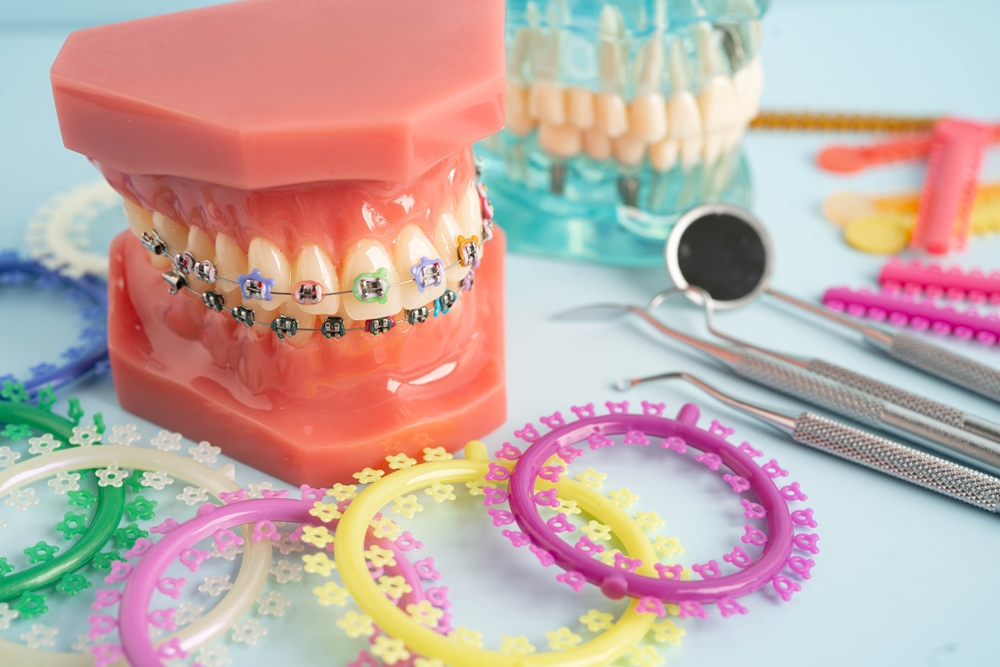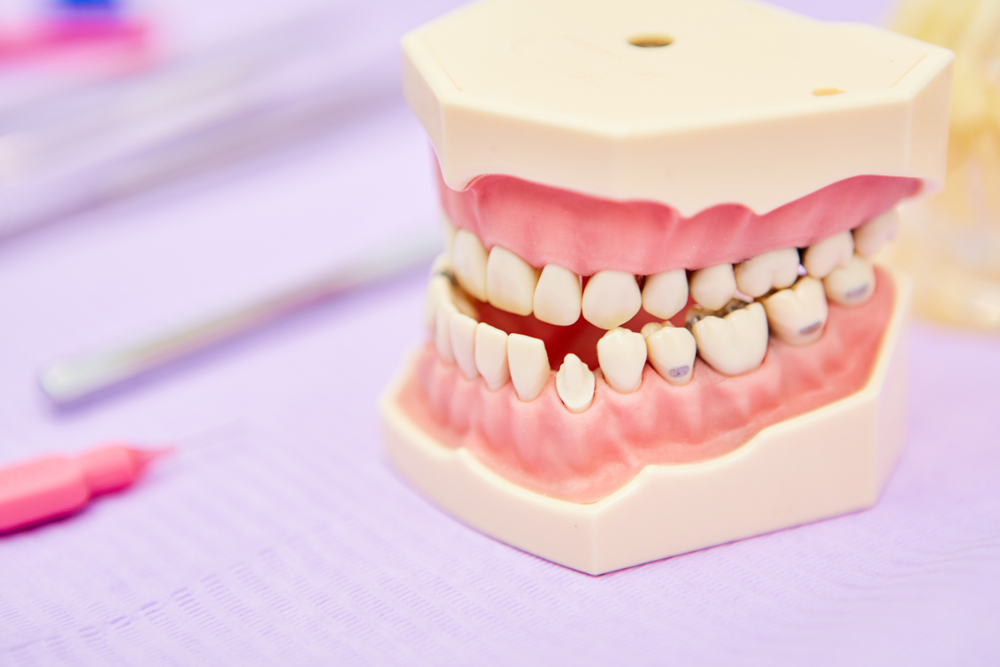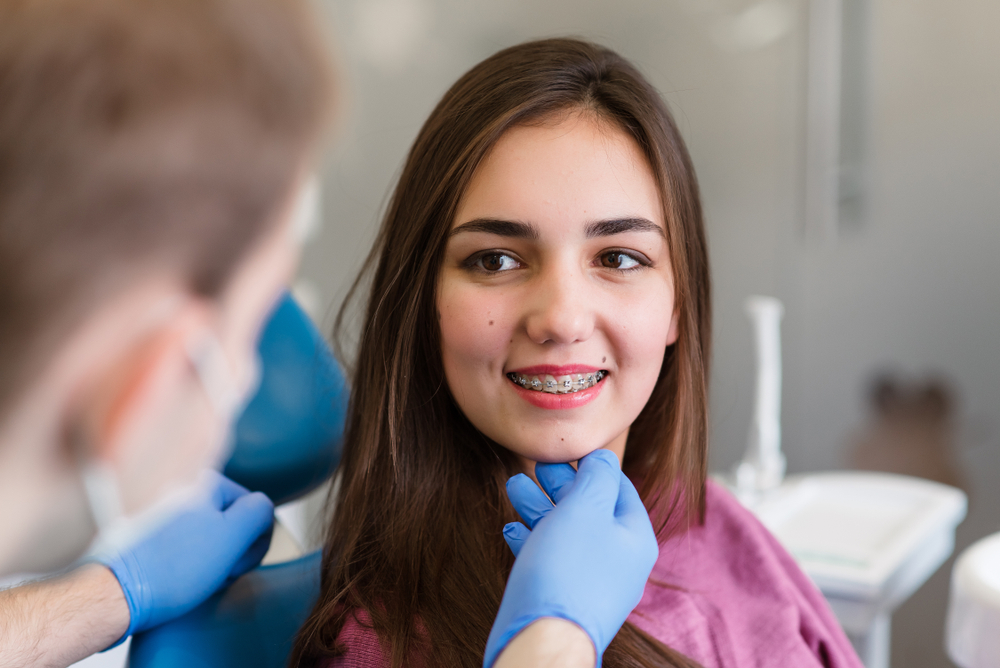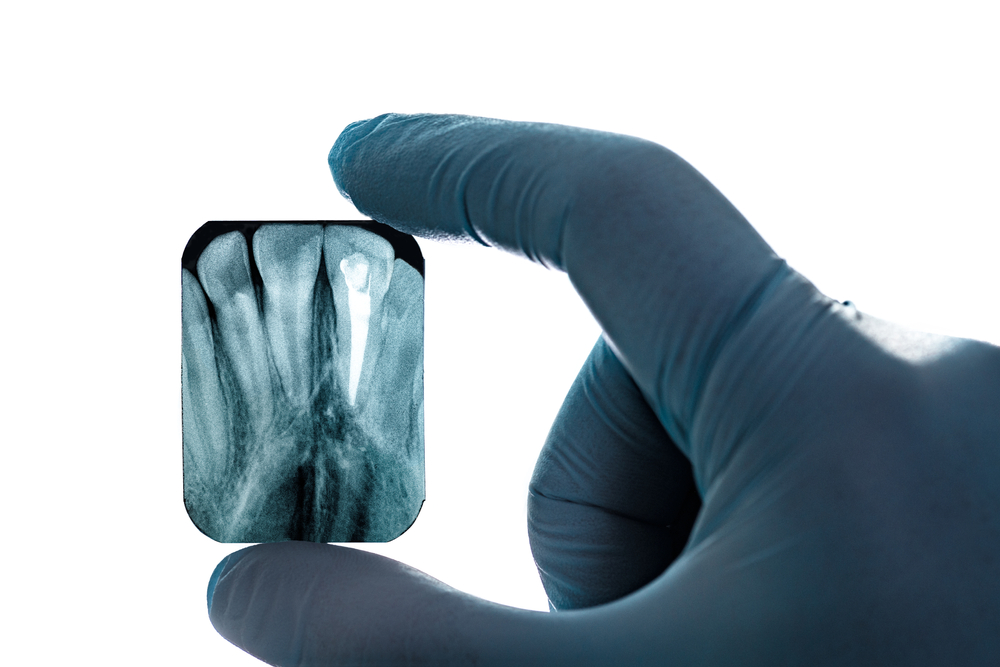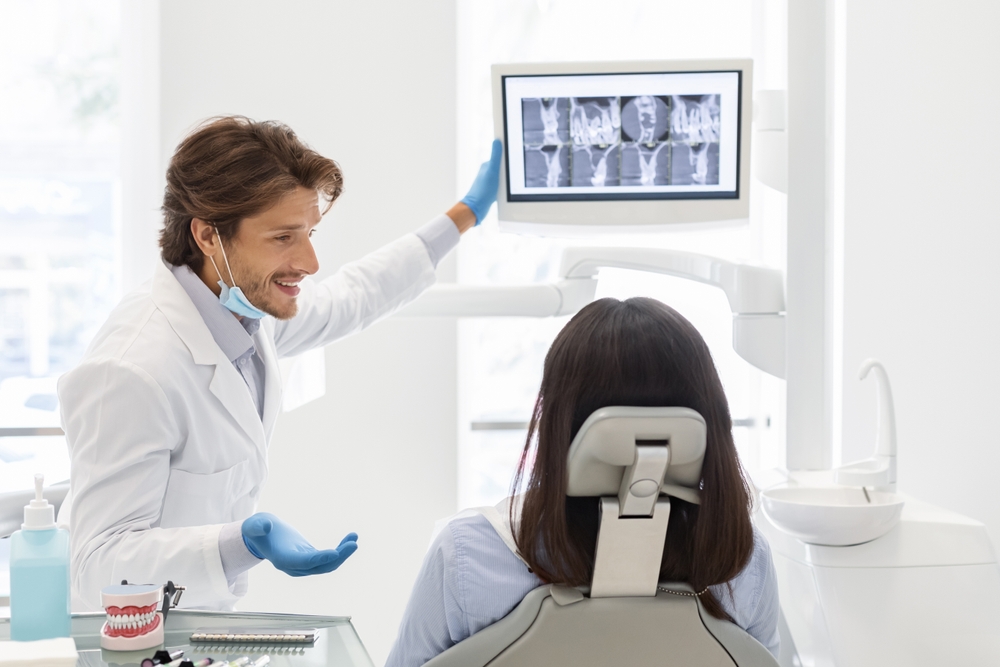Orthodontic care isn’t only about straightening teeth. For children still in their developmental years, certain treatments aim to guide the growth of the jaw and facial structures. This is where functional appliances come into play. Functional appliances are specially designed orthodontic devices used to influence the position, size, and relationship of the upper and lower jaws. They play a key role in what’s known as “growth modification,” a treatment strategy that can prevent more serious orthodontic issues later in life.
Unlike traditional braces that work by moving the teeth, functional appliances affect the jaw’s development. This makes them especially useful in young patients, typically between the ages of 7 and 12, when skeletal growth is still active. By harnessing this natural growth window, functional appliances can correct bite issues, promote balanced facial development, and even reduce the need for more invasive procedures in the future, such as jaw surgery.
Why Early Growth Modification Matters
The importance of early orthodontic intervention is increasingly supported by clinical research and practice. The American Association of Orthodontists recommends children have their first orthodontic checkup no later than age 7. At this stage, a child may not yet need treatment, but it allows specialists like Dr. Laura Davis at Davis Family Orthodontics to identify early warning signs. One of the most effective approaches during this time is growth modification using functional appliances.
Problems such as underbites, overbites, crossbites, and narrow upper jaws are often skeletal in nature. Left untreated, these issues can become more difficult to correct once jaw growth slows during adolescence. Early use of functional appliances can address these problems proactively, potentially preventing the need for extractions, prolonged treatment time, or even surgery. Additionally, this type of early correction can also enhance a child’s breathing, speech, and overall confidence.
Types of Functional Appliances and How They Work
Functional appliances come in many different forms, each tailored to address specific growth patterns and bite discrepancies. The most commonly used types include:
- Twin Block Appliances: Removable devices made of two parts that interlock to posture the lower jaw forward.
- Herbst Appliances: A fixed appliance that encourages forward growth of the lower jaw, typically used for severe overbites.
- Bionator: A removable device that promotes forward movement of the lower jaw and helps align the bite.
- Frankel Appliance: Also removable, this appliance encourages proper facial muscle development in addition to jaw alignment.
Each of these devices is designed to be worn during a period of rapid jaw development, typically lasting 9 to 12 months. The goal is not only to correct the bite but also to encourage a more harmonious facial structure overall. The success of these appliances depends on several factors, including the child’s age, the severity of the bite discrepancy, and patient compliance.
How Treatment Progresses with Functional Appliances
The process of using functional appliances begins with a comprehensive orthodontic evaluation. At Davis Family Orthodontics, Dr. Laura Davis conducts a detailed analysis, which may include digital X-rays, 3D scans, and clinical photographs to assess your child’s dental and skeletal structure. From there, a customized treatment plan is created that often includes the use of a specific functional appliance suited to your child’s unique needs.
Once the appliance is in place, regular visits are scheduled to monitor growth changes and ensure the appliance is functioning as intended. These checkups are vital, as they allow the orthodontist to make necessary adjustments and track how the appliance is influencing jaw growth. Over time, the jaw begins to adapt to the new positioning guided by the appliance. In many cases, once the desired changes are achieved, the child transitions to braces or aligners to perfect tooth alignment.
Compliance is critical during this phase. Many functional appliances are removable, meaning the child must wear them as instructed to see results. Education and support from the orthodontic team, along with parental involvement, play a huge role in maintaining consistency and motivation for younger patients.
The Impact on Long-Term Oral Health and Facial Balance
Functional appliances don’t just offer temporary relief—they can fundamentally change the trajectory of a child’s oral development. By promoting better jaw alignment during growth, these appliances help establish a balanced bite that functions properly. This reduces long-term wear on the teeth, improves speech and chewing, and minimizes the risk of temporomandibular joint (TMJ) disorders.
Moreover, there’s an aesthetic component that should not be overlooked. Children with significant overbites or underbites may feel self-conscious about their appearance. Growth modification can lead to more balanced facial features, which often improves a child’s self-esteem and social confidence. When orthodontic concerns are addressed early and efficiently, the benefits extend beyond oral health to emotional and psychological well-being.
What Parents Should Know Before Starting
Before committing to functional appliances, parents should understand the scope and commitment of treatment. Growth modification is not a quick fix—it’s a strategic approach that unfolds over several months or even years. However, the benefits are long-lasting and often reduce the need for future treatment complexity. Dr. Laura Davis and her team are dedicated to guiding families through this journey with clear communication, thorough education, and compassionate care.
Parents should also be aware of the need for regular maintenance and hygiene. Some appliances can make brushing and flossing more difficult, so children may require assistance to maintain good oral health. Davis Family Orthodontics provides detailed instructions and helpful tips for maintaining both the appliance and healthy teeth throughout treatment.
When Is the Best Time to Begin?
The optimal time to start growth modification with functional appliances depends on the individual child, but most orthodontists agree that early to mid-childhood—typically between ages 7 to 10—is ideal. This is when the jaw is still flexible and growing rapidly. Starting during this window increases the effectiveness of treatment and allows for greater control over jaw and bite development.
That said, not every child needs early intervention. Some may benefit more from waiting until more permanent teeth erupt or when growth patterns become more apparent. This is why the initial consultation with a trusted provider like Dr. Laura Davis is so crucial. With offices in Lawrenceville, Morrow, Stone Mountain, and Loganville, GA, Davis Family Orthodontics makes it convenient for families to begin the evaluation process and explore the best timing for their child’s treatment.
Setting the Foundation for Lifelong Oral Health
Functional appliances are more than just orthodontic tools—they are powerful instruments that guide facial development, correct skeletal discrepancies, and improve long-term dental health. When implemented at the right time, they can set the stage for a lifetime of balanced oral function and facial harmony. At Davis Family Orthodontics, Dr. Laura Davis combines clinical expertise with a compassionate approach to ensure each child receives personalized, effective care. With the right guidance, your child’s early orthodontic experience can lead to a healthier, more confident future.
Resources
Proffit, W. R., Fields, H. W., & Sarver, D. M. (2018). Contemporary Orthodontics. Elsevier.
Papageorgiou, S. N., Koretsi, V., & Eliades, T. (2016). Effect of Orthodontic Treatment on Smile Attractiveness. European Journal of Orthodontics.
Baccetti, T., Franchi, L., & McNamara, J. A. (2000). The Cervical Vertebral Maturation Method for the Assessment of Optimal Treatment Timing in Dentofacial Orthopedics. Seminars in Orthodontics.



